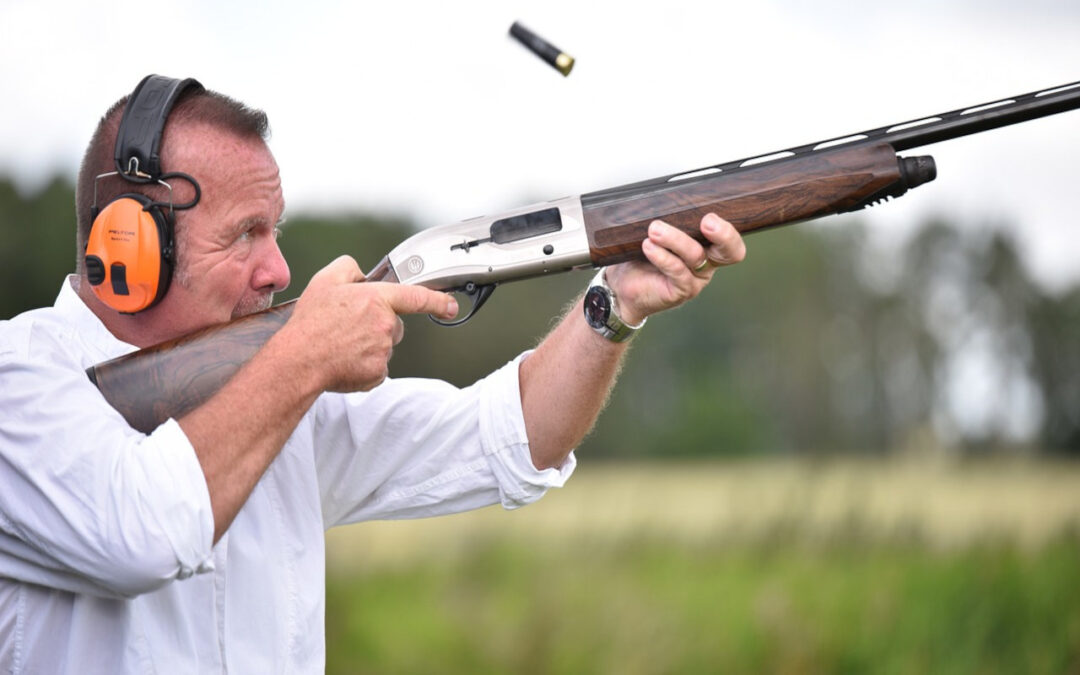Amateur hunters must give this subject much thought because the hunting efficiency depends heavily on the used rifle. In other words, if hunters don’t own a suitable rifle for a particular type of hunting, the results won’t show up very soon, and in some cases, not at all.
The very first issue a future rifle owner must think about is the cartridge. Let’s take, for example, choosing a rifle for a deer hunt. Experts recommend a 150-grain bullet for this type of hunting. To narrow down the list, it is advisable to look for the most popular models, like the: .270 Winchester, .30-06 Springfield, .308 Winchester, and others. Future rifle owners must know that standard cartridges are uniquely named to indicate the dynamic and physical characteristics of the cartridge. One reminder for hunters is to safely fire a cartridge. The rifle must accept that specific cartridge as it can’t fire other cartridges.
Next order of business, future rifle owners must think about the action. There are four types: bolt action, lever-action, pump-action, and self-loading ( auto-loading / semi-automatic ) action. Single-shot rifles come in the following types: break-open, rolling block, falling block, trapdoor. The bolt action retriever has the simplest design because it allows rifles to be loaded with more than just one cartridge. It is also easier to maintain and is more reliable in comparison with other action types.
Stock materials are in most cases made out of wood ( laminated or not ), fiberglass, or plastic. The rifles that have a wood stock material are generally made out of walnut because it is sturdy, feels good in the hunter’s hands, and is also aesthetically pleasing. Of all common stock materials, laminated wood is the strongest and the most durable available, but they are heavier than others. More popular among hunters are synthetic materials because they are less expensive and less affected by moisture, in comparison with walnut stocks.
The barrel length varies from 18 to 26 inches, but all lengths aren’t available on all models. When choosing the length, hunters must think about what it implies: the stiffness of the barrel, the length, the weight, and the bullet’s speed as it leaves the barrel’s end. If the barrel is longer, it will say “ wiggle “ when you fire the cartridge. Afterward, there will be a huge impact on the accuracy. Shorter barrels are a little bit more accurate. But for a hunting rifle, the difference is insignificant. The disadvantage of a lighter gun is that the recoil is more powerful compared with the recoil on heavier rifles.
Most of the metal parts of a bolt action rifle are made of either carbon steel or stainless steel. Carbon steel has one huge advantage and one major disadvantage. The advantage would be that it is cheaper, while the disadvantage would be that it tends to rust ( although carbon steel parts are in most cases treated to reduce the rusting risks ). Stainless steel parts resist good rust but are a little bit more expensive.
As you can see, there are many aspects a hunter must take into consideration before choosing the most suitable hunting rifle. One last thought is to think about the game you are about to hunt before choosing the rifle. Also, don’t exaggerate when buying, not too expensive but also not too cheap, somewhere in between.


